Ruined King is something special. With its surprise release at the Riot Forge Showcase on Nov. 16, many people had not heard of this game or were just finding out about it. While League of Legend fans had a brand-new game to enjoy, League of Legends skeptics wondered what this game was. With a diverse set of Champions, a unique twist on turn-based combat, and an established world to explore, Ruined King: A League of Legends Story welcomes all to experience an all-around epic adventure.
To get it out of the way right at the top, you don’t need to know anything about League of Legends to understand and/or enjoy this game. Ruined King, while it does exist within Runeterra and pull familiar League of Legends Champions into the mix, stands completely on its own. And, for the people worried that Ruined King is more League of Legends gameplay, fear not. It is a single-player, isometric, turn-based RPG that offers a lot of experimentation and exploration.
Combat: The Lane Mechanic
The shining star of Ruined King is the combat. The way that Riot Forge and Airship Syndicate make Ruined King’s combat unparalleled is by adding a lane mechanic. No doubt pulled from the lane meta of League of Legends itself, the lane mechanic works to provide a risk-reward system to players, making combat always feel fresh.
It works like this: on each Champion’s turn, they can cast one of their mana-costing abilities on the speed lane, the balanced lane, or the power lane. By choosing the speed lane, you sacrifice the effectiveness of your ability for a higher initiative that may be needed to play before the enemy or even fellow teammates. The power lane, by contrast, makes your ability stronger but slower, meaning you’ll often end up attacking after the enemy and your teammates. The balanced lane, as its name suggests, is a little bit of both speed and strength.
The lane mechanic makes for more player-driven moments in battle. If the enemy is attacking and you need to heal your teammates, you can strategically use the speed lane to go just before the enemy attacks. If you have a powerful attack ready to go, you can use the power lane to execute max pain while your other teammates take another turn or two to cover you. It is an ingenious system that successfully revolutionizes the turn-based formula.
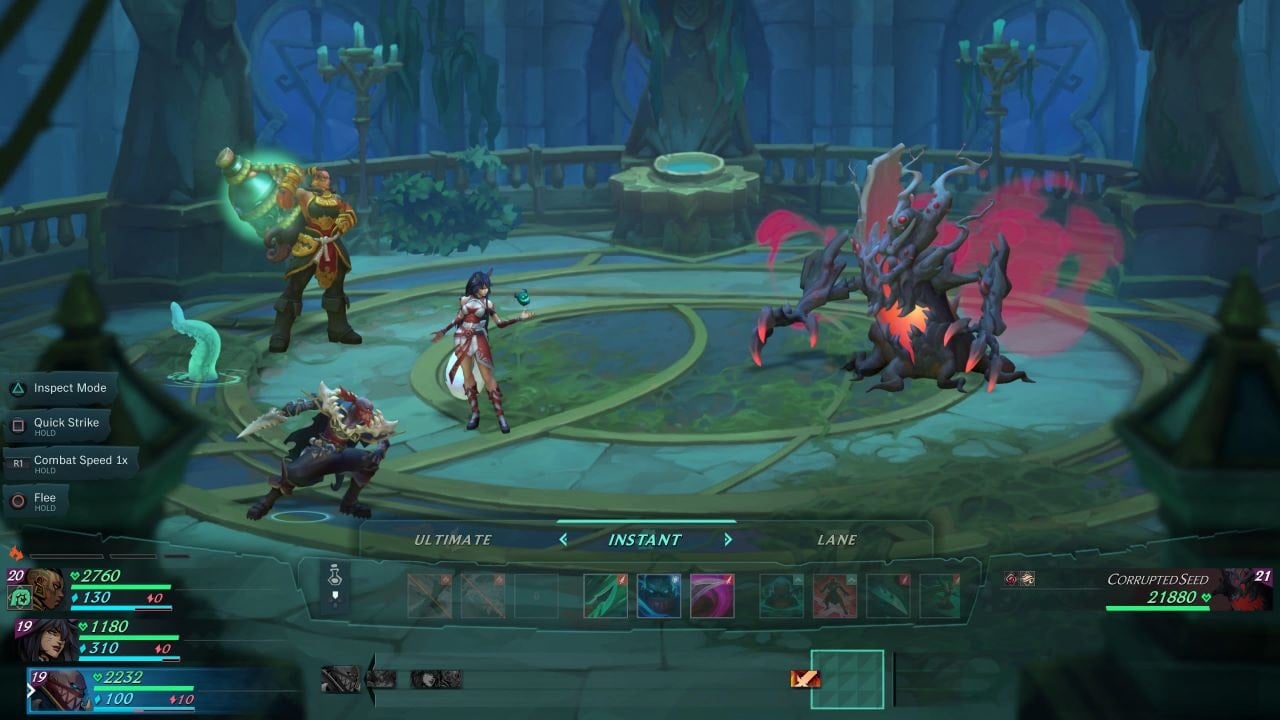
Combat: Hazard Zones
In conjunction with the lane mechanic are Hazard Zones. Like you’d expect in a turn-based RPG, each enemy brings something new to the fight. In Ruined King, each enemy and boss put a specific Hazard Zone on top of the lane mechanic, and if they don’t, a random Hazard Zone will be selected. These Hazard Zones create a specific field on the speed, balanced, and power lanes (sometimes on all lanes, sometimes on just one) where a specific positive or negative action will take place.
For example, there may be an attack boost zone that will buff all player and opponent attack power for their next action or a black mist zone that will damage all allies who end their turn in the zone. While the lane mechanic on its own changes up the battlefield, the Hazard Zones create even more strategy and decision-making.
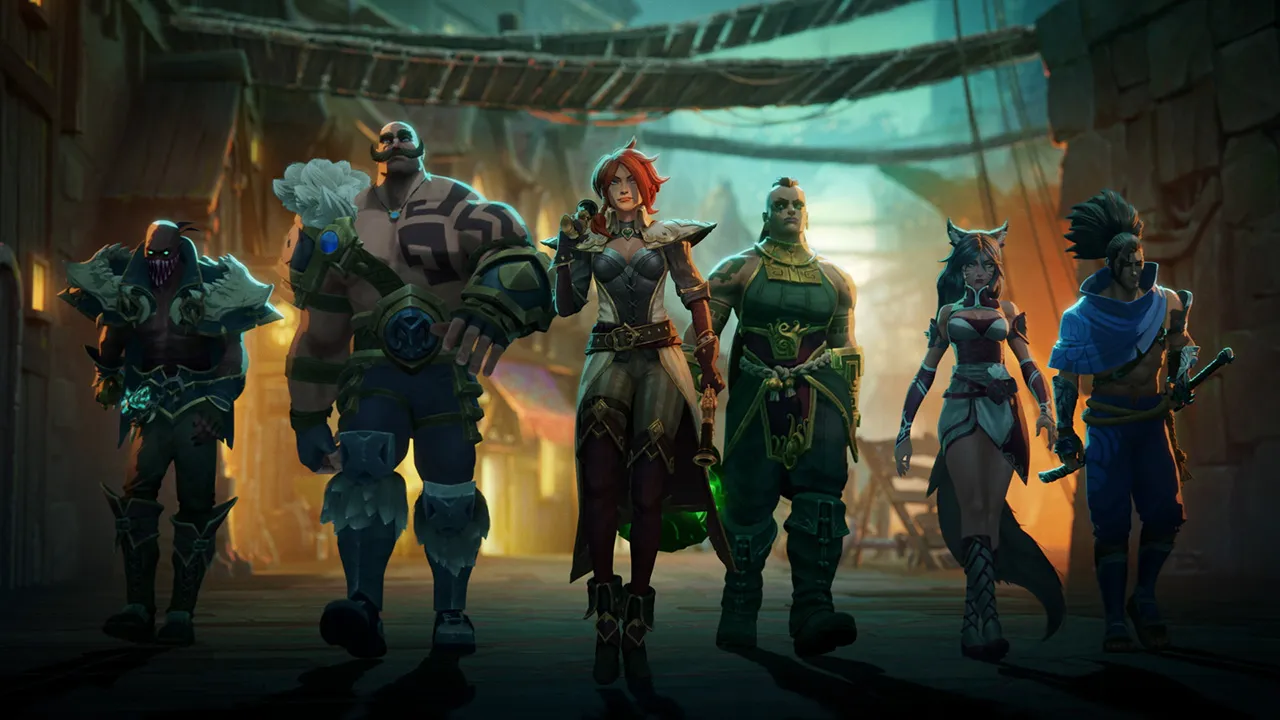
Champions and Team Synergy
Ruined King grants players six different Champions to play as but limits battles to a three-person team. Because of that, there are so many party combinations that are fun and distinctive. Each Champion can be boiled down to the three basic roles in all video games: tank, DPS, and healer with most overlapping into another category. Because of this, successful party makeup usually means keeping to the same Champions will little variation.
Once you have found the team that works for you, there is little that requires you to break from that and experiment with other Champions. Take, for example, the combination of Braum, Ahri, and Yasuo, a truly powerful trio. Braum, the tank, uses Unbreakable to taunt all enemies into targeting him, applies damage shields with Stand By Me and Poro-Snax, and can apply buffs with Inspiring Presence and get rid of debuffs with Porogeddon. Ahri uses stacks of Essense Theft to constantly heal her party while doing damage. Spirit Mend, once upgraded, can be used in the power lane to heal everyone and be used in the speed lane to revive a KO’d Champion. Yasuo can stack up Steel Tempest and unleash Raging Wind for zero mana. He can also use Eye of the Wind to raise the party Crit Rate and have equipped items that already raise his Crit Rate for him to always do devastating amounts of damage. Once I discovered this team, I had no reason to switch it up as it was a winning combo.

On top of this, some Champions, especially the DPS ones, often end up feeling the same. While special in their own right, Yasuo, Miss Fortune, and Pyke can all feel really similar, which is a bummer. With Ahri, Illaoi, and even Braum, the playstyles can vary greatly in any given party. Yasuo, Miss Fortune, and Pyke can feel stale in comparison. By adding a summoner Champion, totem user, or a sorceress, more variety could be achieved.
The Story
The big picture story within Ruined King is engaging, but the beauty happens between each Champion. With each Champion being seemingly unrelated in every way, especially Braum who doesn’t belong in Bilgewater whatsoever, their personal motivation and reasoning for why they team up and continue on the quest is believable and captivating. The interpersonal stories worth shouting out are Illaoi’s faith crisis and her curiosity with Pyke and Miss Fortune’s wish to rule and her feud with Gangplank.

The Puzzles, The Bugs, and Saving
When you aren’t battling Mistwalkers or corrupted trees, each quest will have you solving some sort of puzzle. While the puzzles are solvable and often fun, running around not knowing what to do is not. That’s not to say I want golden arrows leading me directly where I need to go, but some context within the quest guide or map would go a long way.
Becoming more and more common in games these days are bugs. And while hopefully these bugs get ironed out with future patches, playing the game on day one can test your patience. At the end of combat, after XP is allotted to Champions, my game would crash. This happened around seven or eight times over my 20 hours of playing. Little bugs here and there are forgivable, but game crashes after a 20-minute battle are not.
Ruined King has a lot of quality-of-life additions like the Quick Strike and the Combat Speed times two options, but outside of combat, particularly relating to saves, it is abysmal. Paired with the annoying bugs of the game and especially on higher difficulties, saving constantly is necessary. Ruined King would benefit greatly by having a quick save button right on the pause screen. Instead of having to scroll all the way to the bottom of the pause menu, go into the save menu, and then save, you could press a single button, quicksave, and get right back to the action. With a game that can already get repetitive quickly, making the mistake of not saving and dying only to repeat the last hour of gameplay you just beat is an avoidable slog.
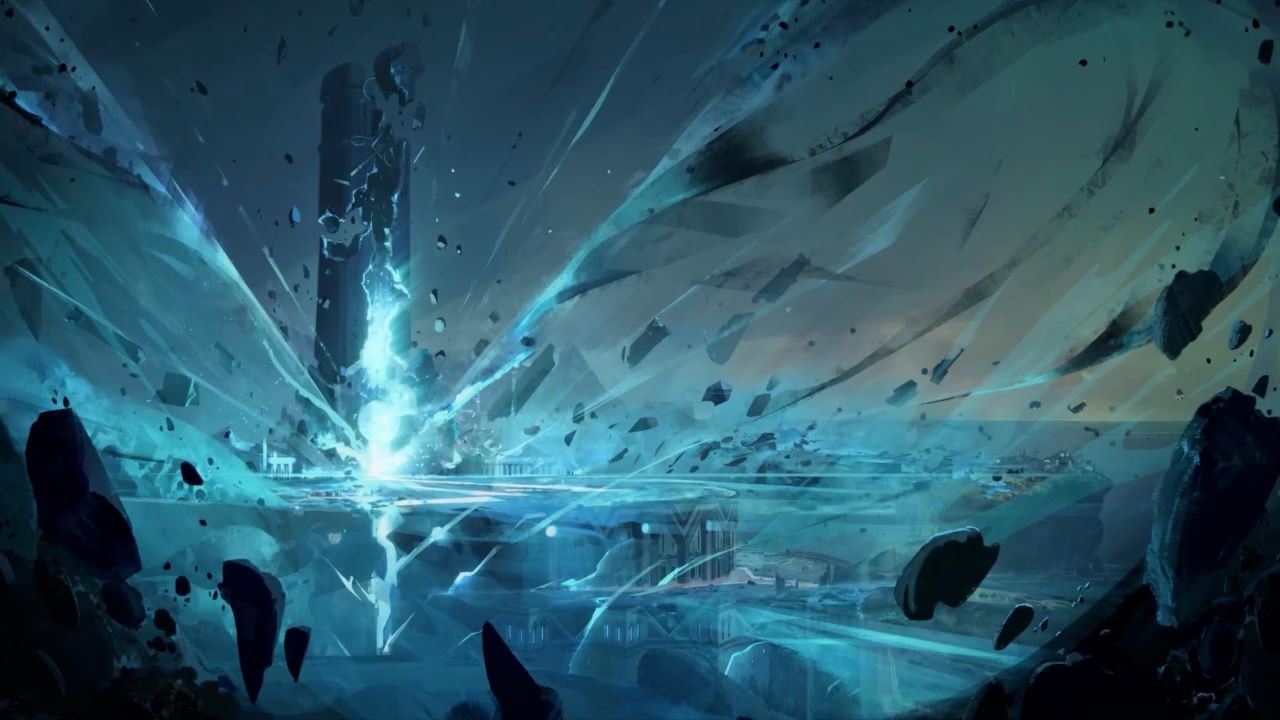
The Verdict
Ruined King: A League of Legends Story is not one to miss. If you are skeptical about League of Legends, don’t particularly love turn-based games, or in some way think this game would be boring, do yourself a favor and play it. This game will surprise you with its exciting dungeons, dynamic boss battles, one-of-a-kind combat mechanics, and charming characters. As a first of its kind for Riot Games, hopefully more boundary-pushing entries like Ruined King can find space in the spotlight.


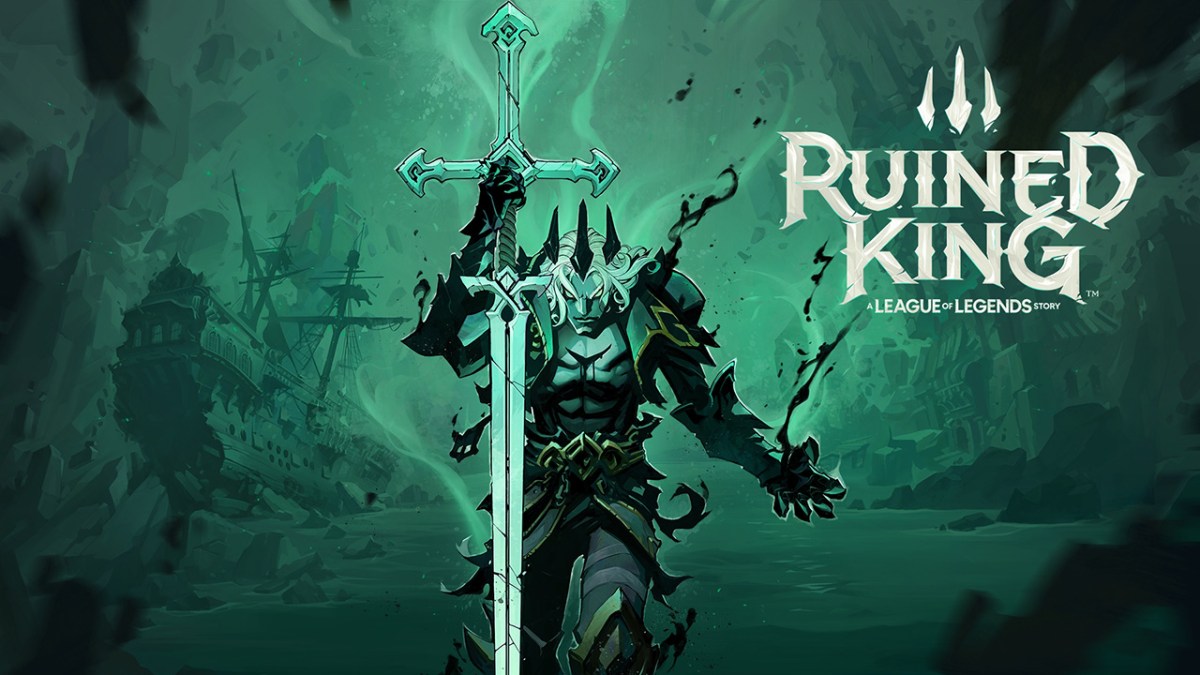
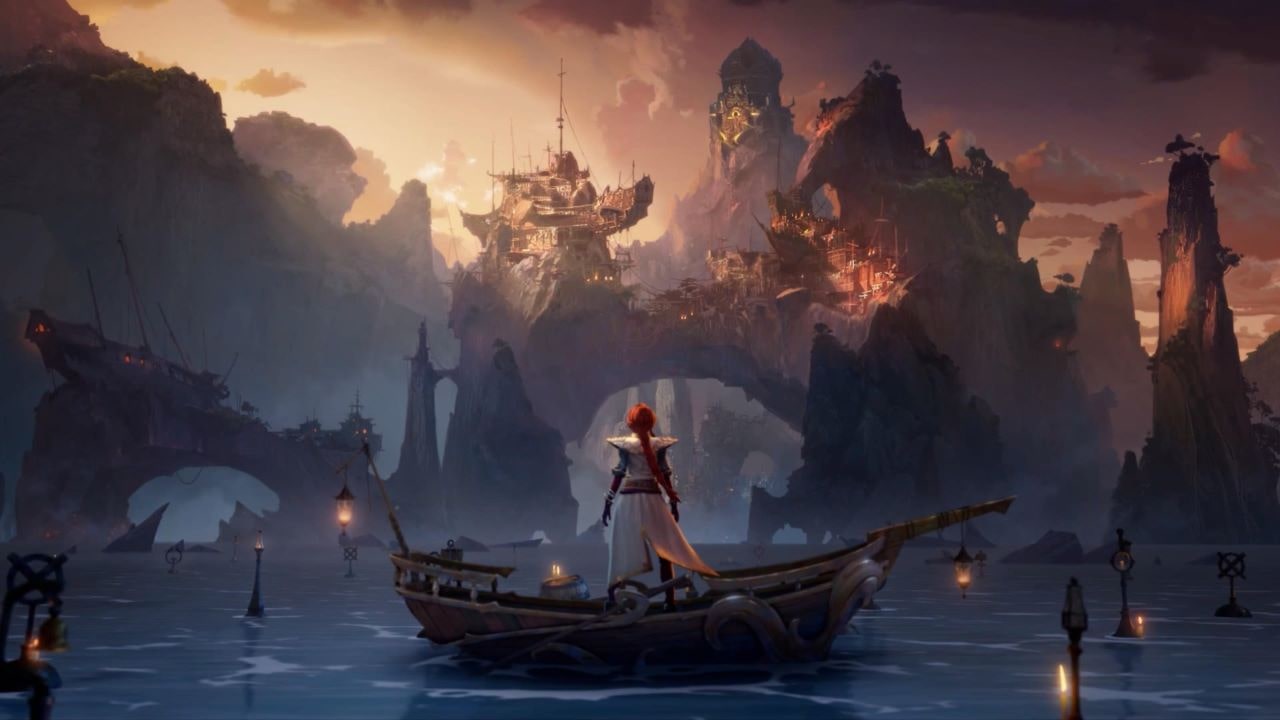









Published: Nov 22, 2021 02:25 pm